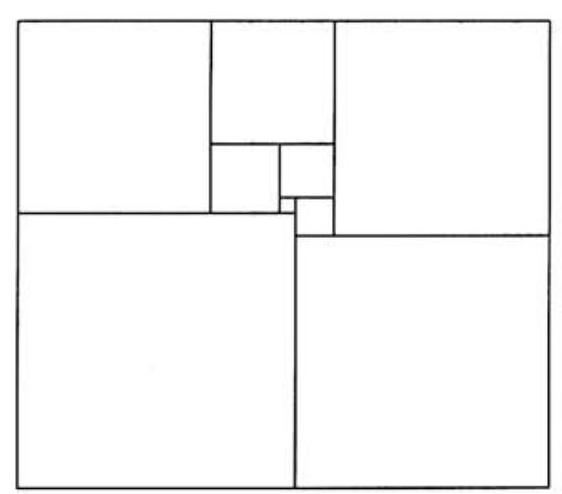¶ 2000 AIME I Problems and Solutions
Problem Set Workbook
Access the downloadable workbook for 2000 AIME I problems here.
Discussion Forum
Engage in discussion about the 2000 AIME I math contest by visiting Random Math AIME I 2000 Forum
Individual Problems and Solutions
For problems and detailed solutions to each of the 2000 AIME I problems, please refer below:
Problem 1: Find the least positive integer such that no matter how is expressed as the product of two positive integers, at least one of these two integers contains the digit .
Solution:
Problem 2: Let and be integers satisfying . Let , let be the reflection of across the line , let be the reflection of across the -axis, let be the reflection of across the -axis, and let be the reflection of across the -axis. The area of the pentagon is . Find .
Solution:
Problem 3: In the expansion of , where and are relatively prime positive integers, the coefficients of and are equal. Find .
Solution:
Problem 4: The diagram shows a rectangle that has been dissected into nine non-overlapping squares. Given that the width and the height of the rectangle are relatively prime positive integers, find the perimeter of the rectangle.

Solution:
Problem 5: Each of two boxes contains both black and white marbles, and the total number of marbles in the two boxes is . One marble is taken out of each box randomly. The probability that both marbles are black is , and the probability that both marbles are white is , where and are relatively prime positive integers. What is
Solution:
Problem 6: For how many ordered pairs of integers is it true that and that the arithmetic mean of and is exactly more than the geometric mean of and
Solution:
Problem 7: Suppose that , and are three positive numbers that satisfy the equations , and . Then , where and are relatively prime positive integers. Find .
Solution:
Problem 8: A container in the shape of a right circular cone is inches tall and its base has a -inch radius. The liquid that is sealed inside is inches deep when the cone is held with its point down and its base horizontal. When the cone is held with its point up and its base horizontal, the liquid is inches deep, where , and are positive integers and is not divisible by the cube of any prime number. Find .
Solution:
Problem 9: The system of equations
has two solutions and . Find .
Solution:
Problem 10: A sequence of numbers has the property that, for every integer between and , inclusive, the number is less than the sum of the other 99 numbers. Given that , where and are relatively prime positive integers, find .
Solution:
Problem 11: Let be the sum of all numbers of the form , where and are relatively prime positive divisors of . What is the greatest integer that does not exceed
Solution:
Problem 12: Given a function for which
holds for all real , what is the largest number of different values that can appear in the list
Solution:
Problem 13: In the middle of a vast prairie, a fire truck is stationed at the intersection of two perpendicular straight highways. The truck travels at miles per hour along the highways and at miles per hour across the prairie. Consider the set of points that can be reached by the fire truck within six minutes. The area of this region is square miles, where and are relatively prime positive integers. Find .
Solution:
Problem 14: In triangle , it is given that angles and are congruent. Points and lie on and , respectively, so that . Angle is times as large as angle , where is a positive real number. Find the greatest integer that does not exceed .
Solution:
Problem 15: A stack of cards is labeled with the integers from to , with different integers on different cards. The cards in the stack are not in numerical order. The top card is removed from the stack and placed on the table, and the next card in the stack is moved to the bottom of the stack. The new top card is removed from the stack and placed on the table, to the right of the card already there, and the next card in the stack is moved to the bottom of the stack. This process - placing the top card to the right of the cards already on the table and moving the next card in the stack to the bottom of the stack - is repeated until all cards are on the table. It is found that, reading from left to right, the labels on the cards are now in ascending order: . In the original stack of cards, how many cards were above the card labeled
Solution:
The problems on this page are the property of the MAA's American Mathematics Competitions